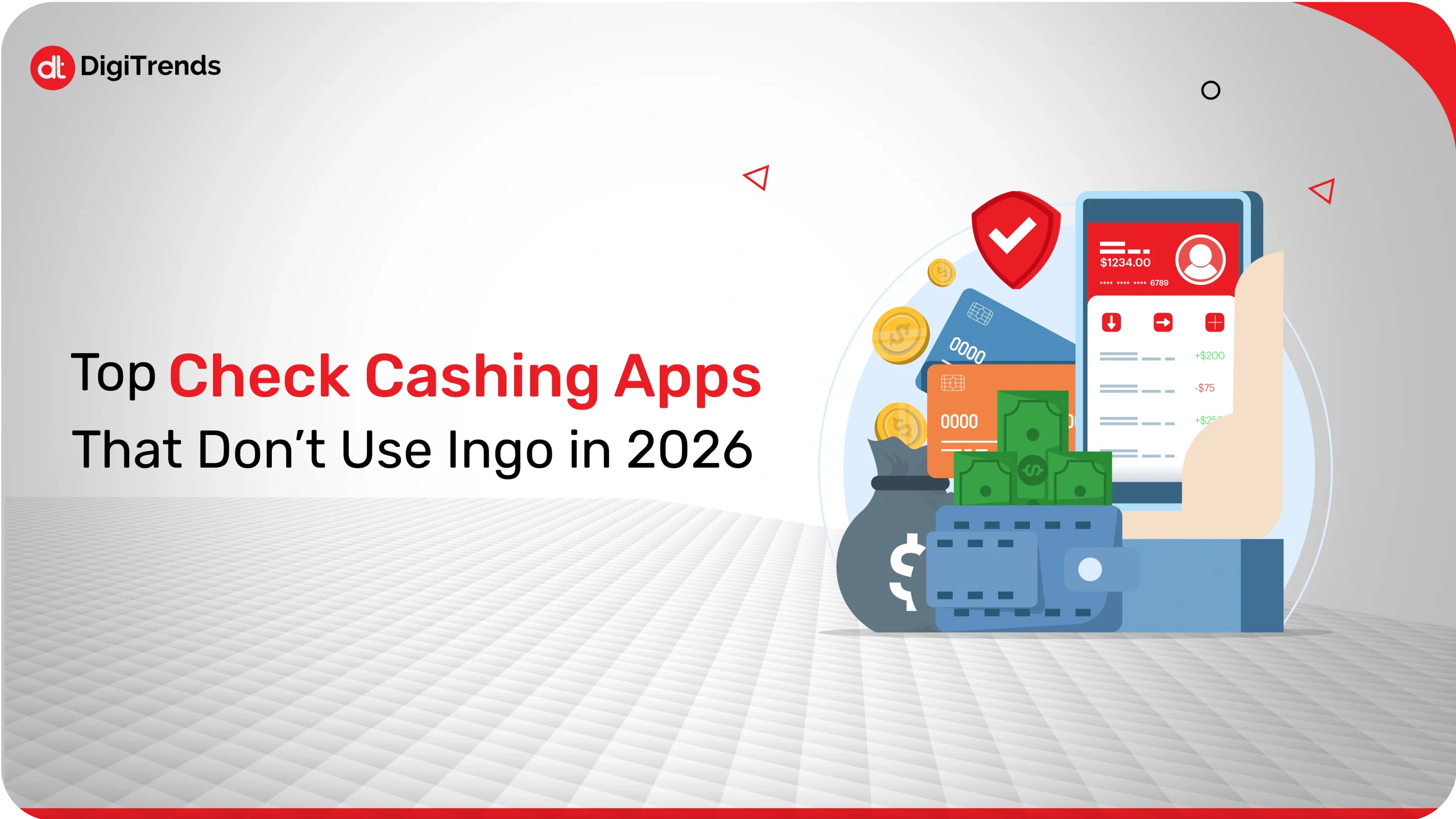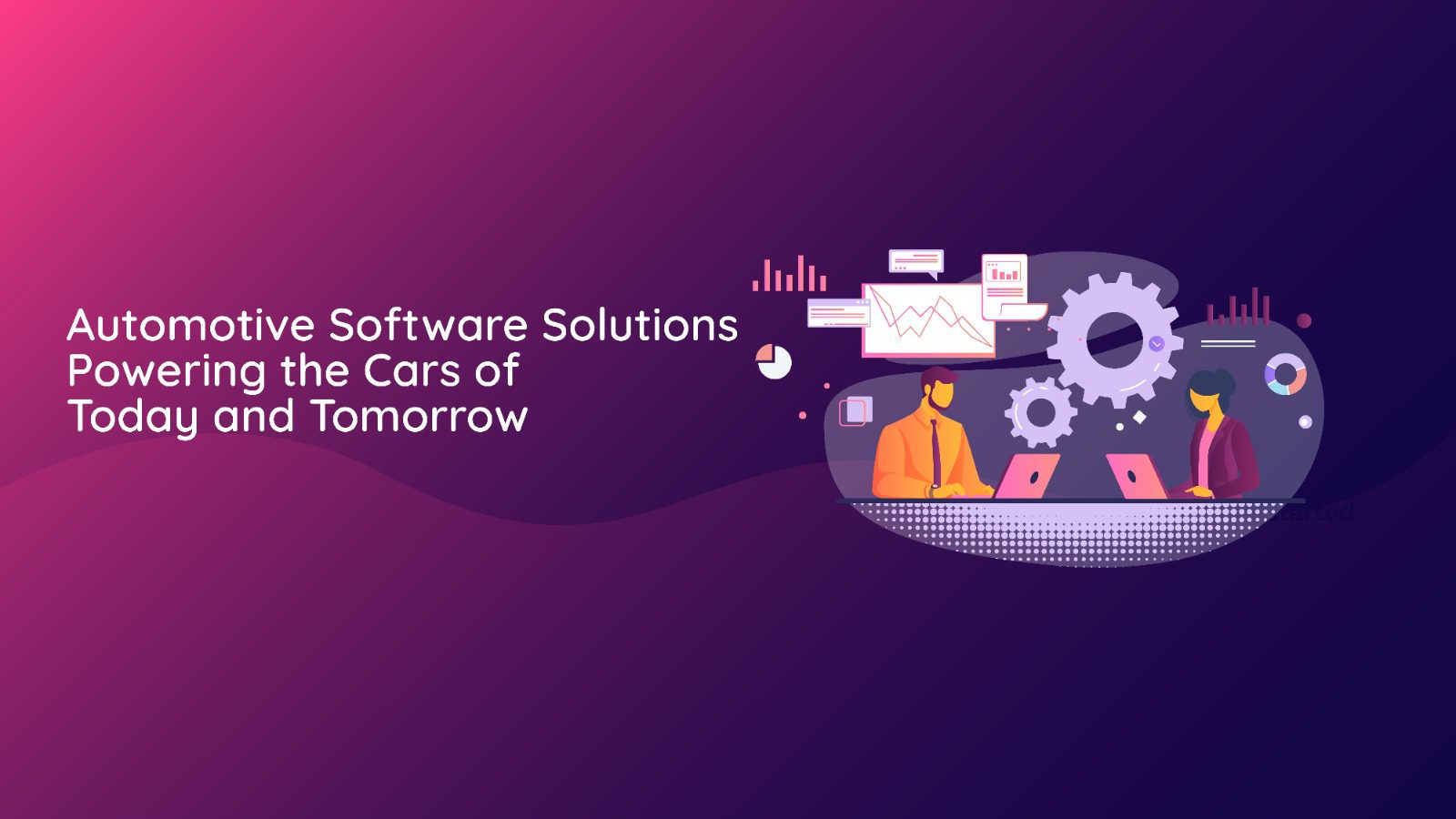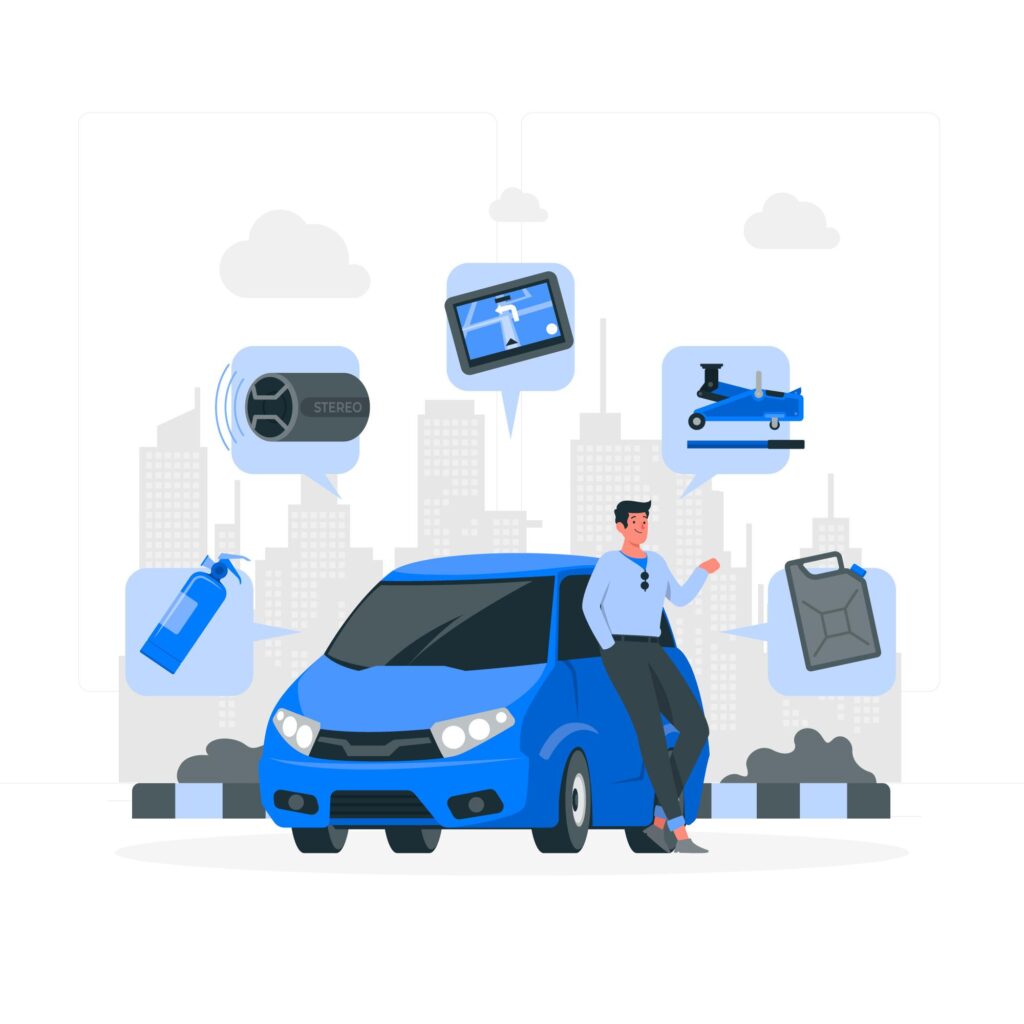
Top Check Cashing Apps That Don’t Use Ingo in 2026
Looking for an app where you can find a mobile check deposit with instant funds availability?. Explore the best check cashing apps in 2025.
Continue Reading
Imagine a car that can not only transport you from point A to point B, but can also analyze its own problems, warn you of potential dangers on the road, and even entertain you on a long trip.
This is the reality of modern vehicles, thanks to the ever-growing importance of automotive software solutions.
In the past, cars were primarily mechanical wonders, relying on complex systems of gears, levers, and internal combustion engines. However, the 21st century has witnessed a dramatic shift towards software-defined vehicles.
From the basic engine control units to the sophisticated infotainment systems, software is now deeply embedded in every aspect of a car’s operation.
This blog post will dive deep into the world of automotive software solutions. We’ll explore what they are, why they’re important, and how they’re shaping the future of driving.
Buckle up, as we take a deep dive under the hood (or should we say, behind the code) of modern automobiles!
In layman’s terms, automotive software solutions are the digital brains behind the brawn of your car. These are computer programs that control various functionalities, from the way your engine runs to the information displayed on your dashboard.
Here’s a breakdown of some key areas where software plays a vital role in modern vehicles:
The EMS is the heart of a car’s software system. It constantly monitors and regulates engine performance parameters like air-fuel mixture, ignition timing, and exhaust emissions. By optimizing these, the EMS ensures efficient engine operation, improved fuel economy, and reduced emissions. Did you know that modern EMS units can make adjustments on a millisecond basis, constantly fine-tuning the engine for optimal performance? This level of precision is essential for meeting increasingly stringent emissions regulations and achieving better fuel efficiency.

These programs manage the automatic transmission system, ensuring smooth gear changes and optimal power delivery based on driving conditions. TCUs take into account factors like engine speed, vehicle load, and driver input to determine the most appropriate gear for the situation. For instance, when climbing a hill, the TCU might select a lower gear to provide more power, while on a highway cruise, it might choose a higher gear for improved fuel efficiency.
These safety-critical systems rely on software to monitor wheel speed, steering angle, and other parameters. By analyzing this data in real-time, the software can intervene during braking or swerving maneuvers, preventing accidents and saving lives. ABS prevents wheels from locking up during hard braking, allowing drivers to maintain steering control and avoid skidding. ESC helps correct vehicle instability during sharp turns or sudden maneuvers by applying brakes to individual wheels and reducing engine power. These systems are a prime example of how automotive software solutions can directly contribute to road safety.
According to the National Highway Traffic Safety Administration (NHTSA), ABS can reduce crash risk by up to 30% on wet pavement and 10% on dry pavement.
This is just a glimpse into the world of automotive software solutions. As car technology continues to evolve, we can expect software to play an even more significant role in future vehicles.
Let’s explore why automotive software solutions are so important in the next section.

The growing importance of automotive software solutions can be attributed to several key factors:
Studies by the Insurance Institute for Highway Safety (IIHS) have shown that forward collision warning systems with automatic emergency braking can reduce rear-end crashes by up to 50%.
The impact of automotive software solutions extends beyond just the driving experience. Car manufacturers also reap significant benefits from the integration of software into their vehicles:
Car dealerships can also leverage the power of automotive software solutions to improve their operations and customer service:
Ultimately, the most powerful impact of automotive software solutions is felt by the drivers themselves. Here’s how software makes driving a safer, more enjoyable, and more efficient experience:
The future of automotive software solutions is filled with exciting possibilities that promise to transform the way we interact with our cars and the very nature of driving itself.
Here’s a glimpse into what we can expect in the coming years:
Connected car technology will become even more relevant and abundant, with vehicles seamlessly integrated into a broader Internet of Things (IoT) ecosystem.
This will enable features like:
Cars will be able to communicate with each other, infrastructure, and traffic management systems, allowing for real-time traffic updates, improved safety through collision avoidance warnings, and optimized traffic flow.

Software will play a central role in personalizing the driving experience. Biometric recognition and user preferences will allow cars to adjust settings like climate control, seat position, and even infotainment options based on the driver or passengers.
Connected car software will constantly monitor vehicle data and anticipate potential maintenance needs. This will enable proactive maintenance schedules, preventing breakdowns and extending vehicle lifespan.
As software becomes the central nervous system of vehicles, the concept of the software-defined car will become a reality. Cars will be less about the physical mechanics and more about the software that governs their operation and functionality.
Artificial intelligence (AI) is going to play a major role in the future of automotive software solutions. Machine learning algorithms will be used in:
The integration of AI into automotive software has the potential to revolutionize transportation, making it safer, more efficient, and more personalized.
As cars become increasingly connected and software-reliant, cybersecurity threats will become a growing concern. Manufacturers will need to prioritize strong security measures to protect vehicles from hacking and potential cyberattacks. This will involve:
Ensuring the cybersecurity of automotive software solutions is vital for maintaining public trust and preventing safety risks associated with vehicle hacking.
As this driving technology continues to develop, governments and regulatory bodies will need to establish clear guidelines and regulations. These regulations will likely focus on:
The evolving of rules and regulations will play a critical role in shaping the responsible development and deployment of future automotive software solutions.

In conclusion, the future of automotive software solutions is bright and filled with possibilities. From the increasing pervasiveness of connected car technology to the transformative power of AI, software is redefining the way we think about cars. As we go towards this exciting future, it’s crucial to address cybersecurity challenges, establish clear regulations, and prioritize the safety and well-being of drivers and passengers on the road.